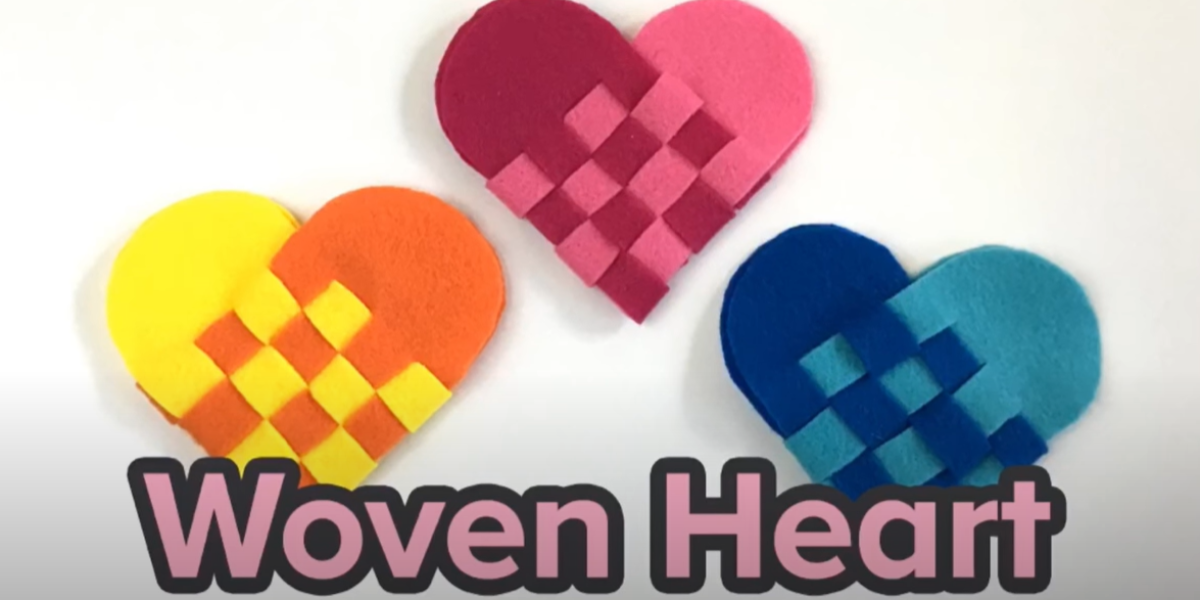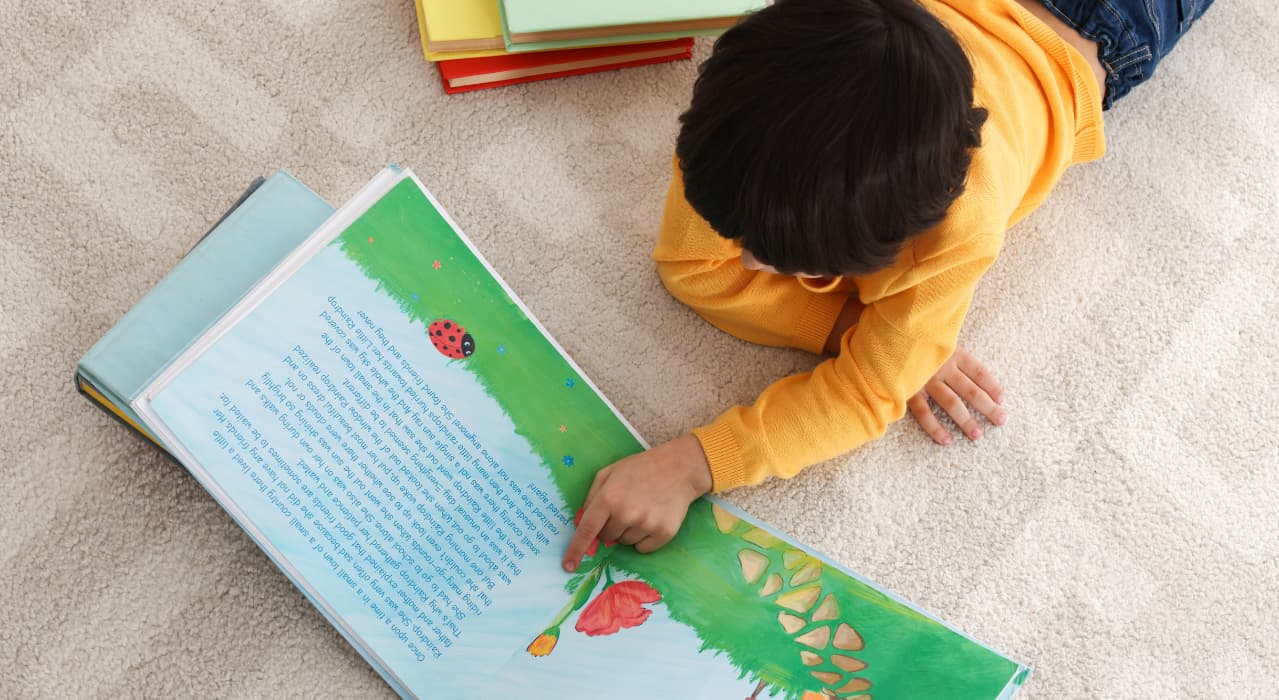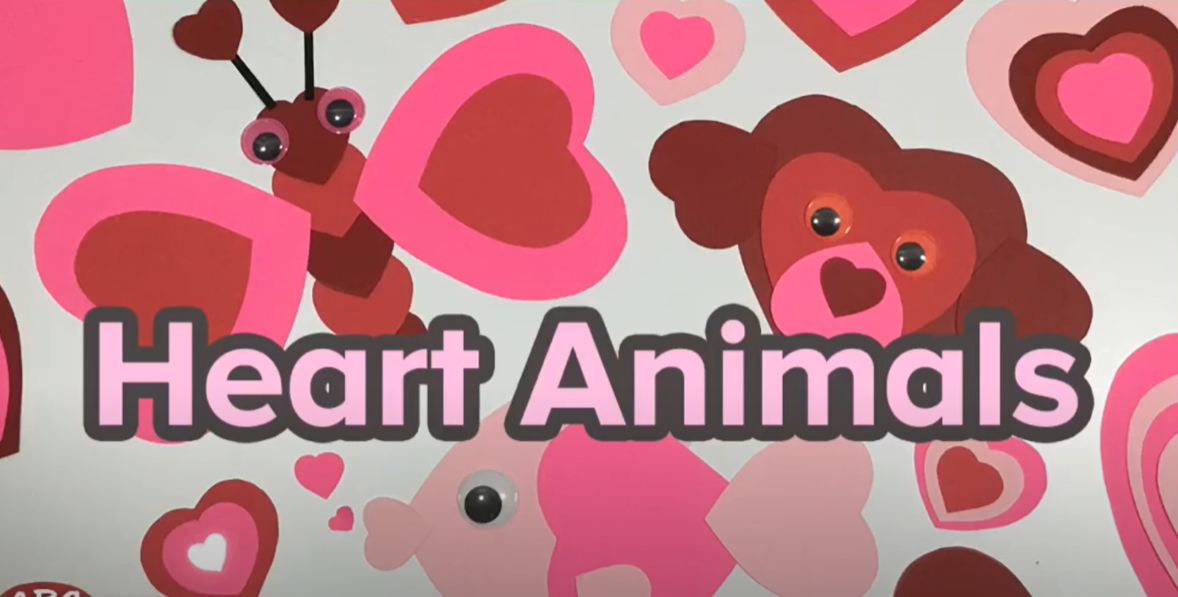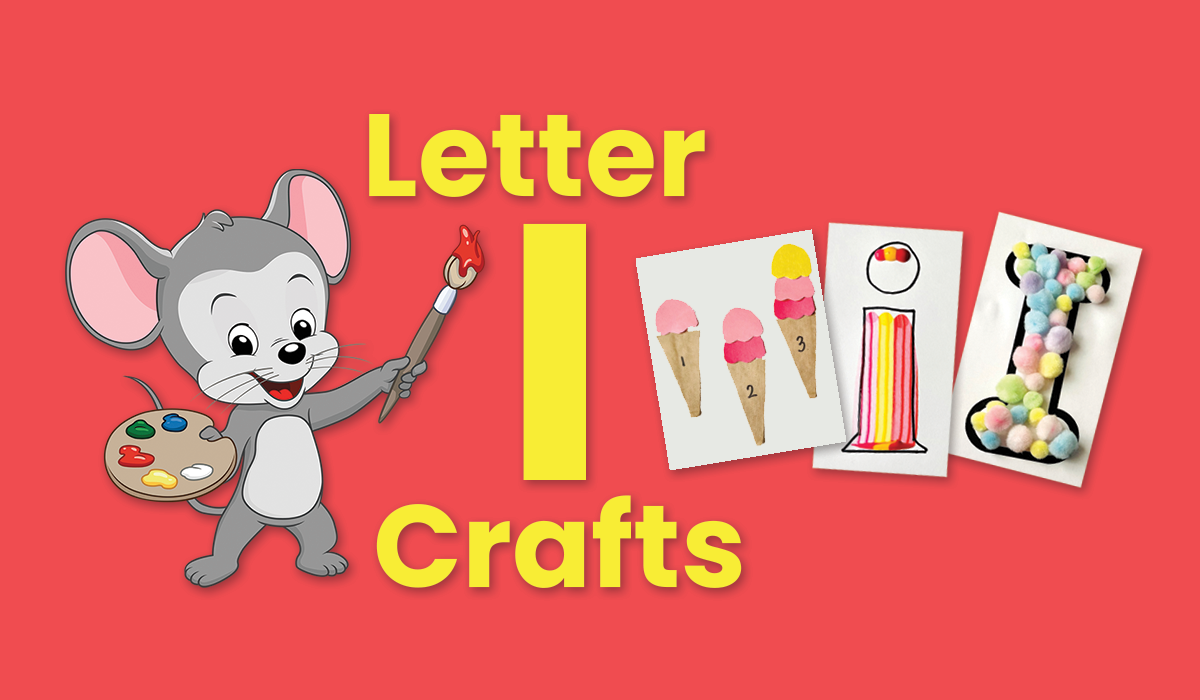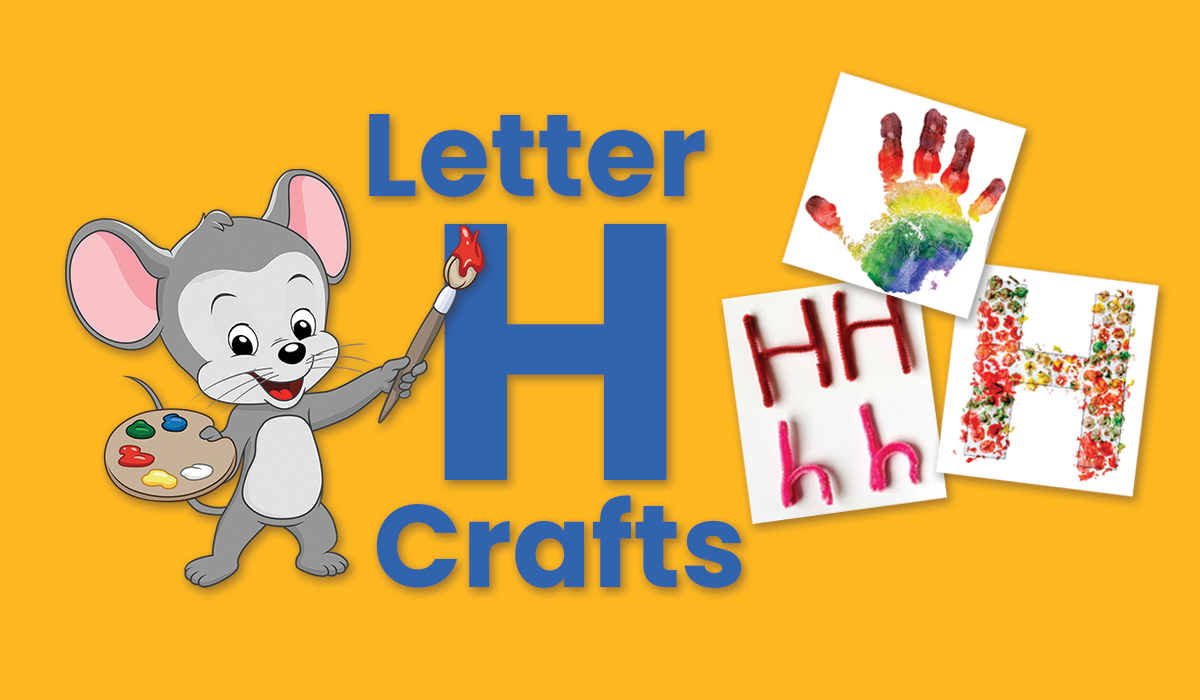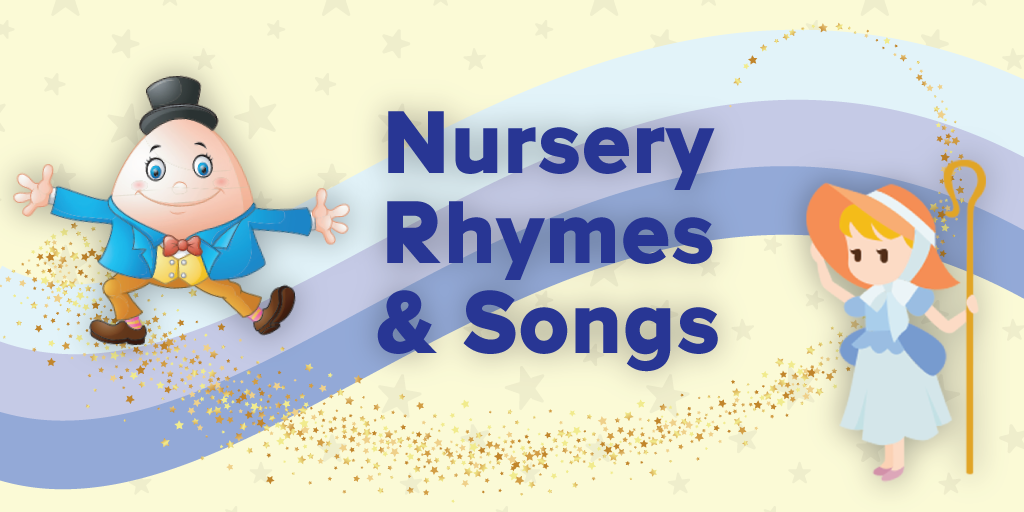30 Engaging STEM Activities for First Grade
Share
Put a fresh spin on learning by adding these hands-on STEM activities into your first grader’s studies.
First graders are bright-eyed and ready to explore and the world of STEM (science, technology, engineering, and math) holds so much excitement for them to discover! Engage their curiosity with these STEM activities for 1st grade that combine learning with lots of fun.
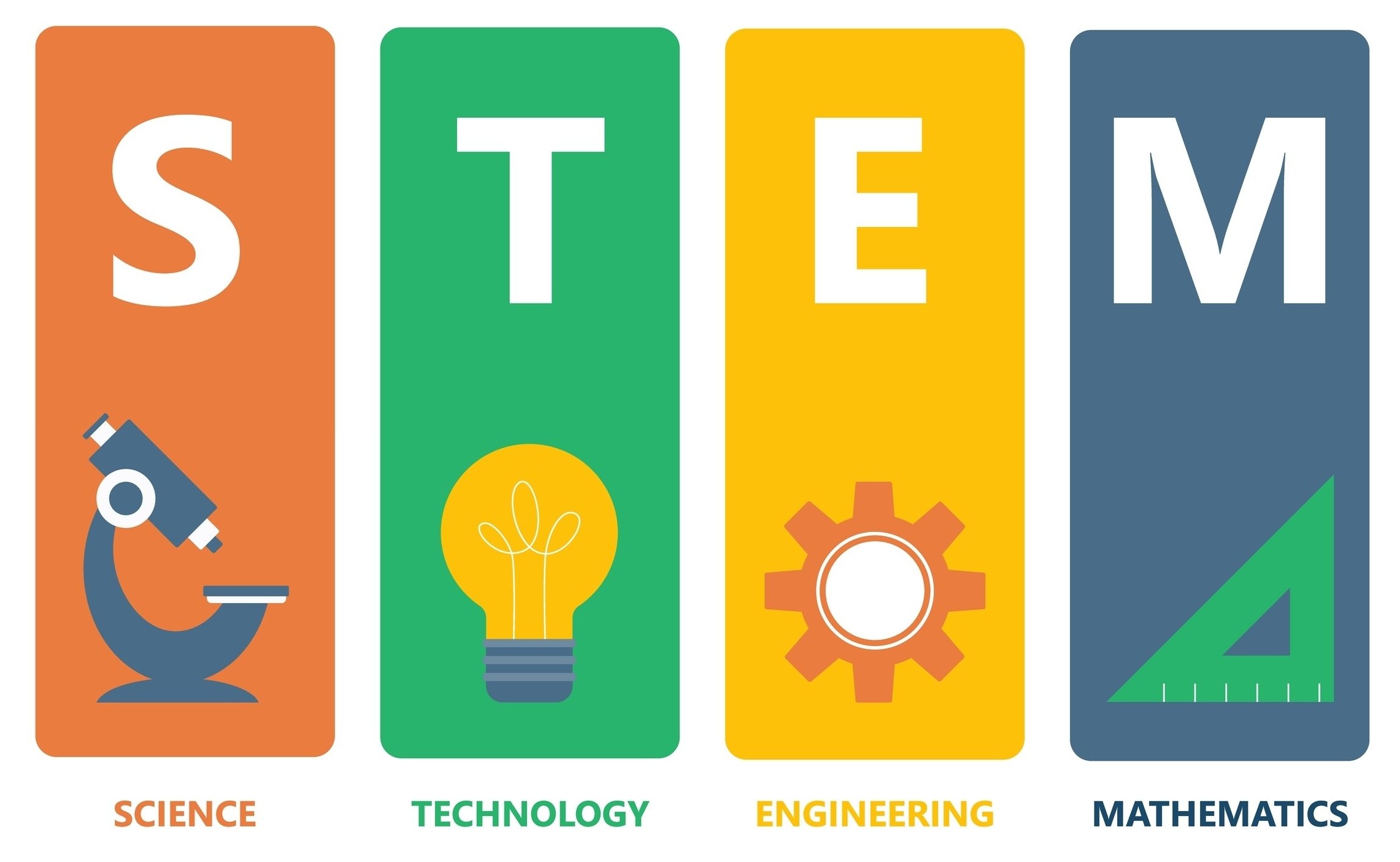
Did You Know? STEM is an interdisciplinary approach to learning that focuses on integrating Science, Technology, Engineering, and Math through hands-on, problem-based learning. It aims to develop critical thinking and problem-solving skills in students while preparing them for future careers in STEM fields.
Want More STEM Activities? If you’ve got younger learners, check out our lists of STEM ideas for preschoolers and kindergartners.
Easy STEM Activities for First Graders
1. Window Greenhouse
Wet a paper towel and nestle a lima bean seed into it. Then, place it all into a clear plastic zipper bag, seal it, and tape it to a sunny window. Then watch the seed sprout and grow roots so you can learn all about the plant life cycle.
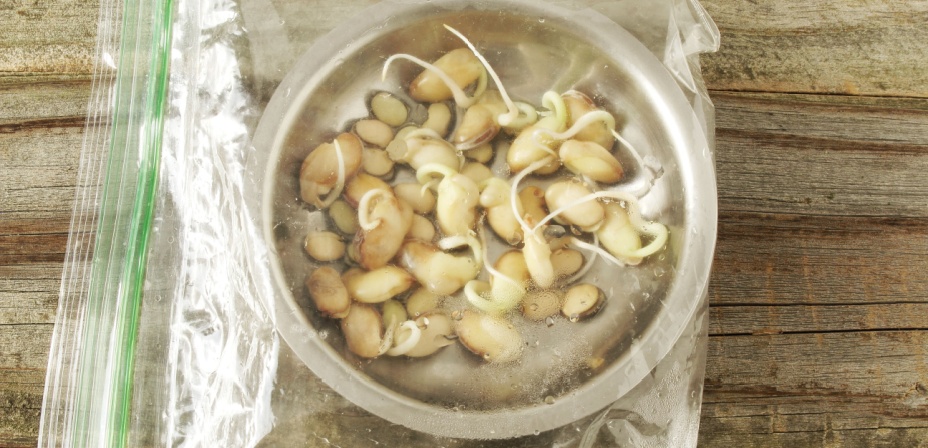
Expand Learning: Transfer the sprouted bean to a pot of soil and let your plant continue to grow. Have fun harvesting your own beans in a few months!
2. Water Cycle in a Bag
Here’s another STEM activity for 1st grade you can do with a clear plastic zipper bag. On the outside, use a permanent marker to draw water lines on the bottom to symbolize a lake. At the top, draw big puffy clouds. Add about half a cup of blue colored water and seal the bag. Hang it in a sunny window, and observe as the water evaporates in the warmth, condenses on the sides of the bag, and runs back down into the “lake” at the bottom again.
Expand Learning: Make your own rain gauge to track rainfall in your yard. Simply use a ruler to mark off measurement increments on an empty plastic bottle with the top cut off.
3. Weather Journal
Start a weather journal, with one page for each day. Record the high and low temperatures, and draw a picture to illustrate the day’s weather conditions. You could even note if you enjoyed the weather or not!

Expand Learning: Compare each day’s temperatures with the ones from the day before, using arrows to indicate if they’re higher or lower. Look up the average temperature for your area on each day and figure out the difference between the two.
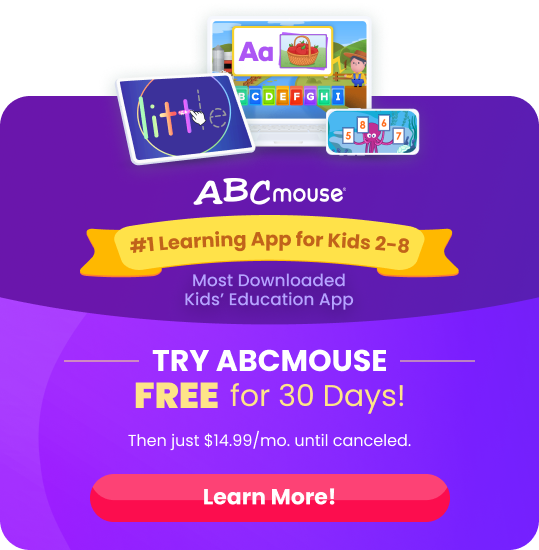
4. Graph With Snacks
Try this with a handful of snack mix or fruit snacks. Ask your child to sort the snacks into piles by type (i.e. pretzels, goldfish crackers, etc.). Then, count the number of each type and create a bar graph to represent your findings.
Expand Learning: Use the totals to practice addition and subtraction too. For instance, ask your child “There are 8 goldfish crackers and 3 pretzels. How many more goldfish crackers are there than pretzels?”
5. Vinegar and Baking Soda Balloon
Here’s one of those classic STEM activities for first grade—it’s always a hit. Use a funnel to add a couple of tablespoons of baking soda into an uninflated balloon. Pour some vinegar into an empty bottle with a narrow neck and stretch the balloon opening around the neck. Finally, have your child hold the balloon up so the baking soda falls into the bottle, and watch as the acid-base reaction causes the balloon to inflate with air!
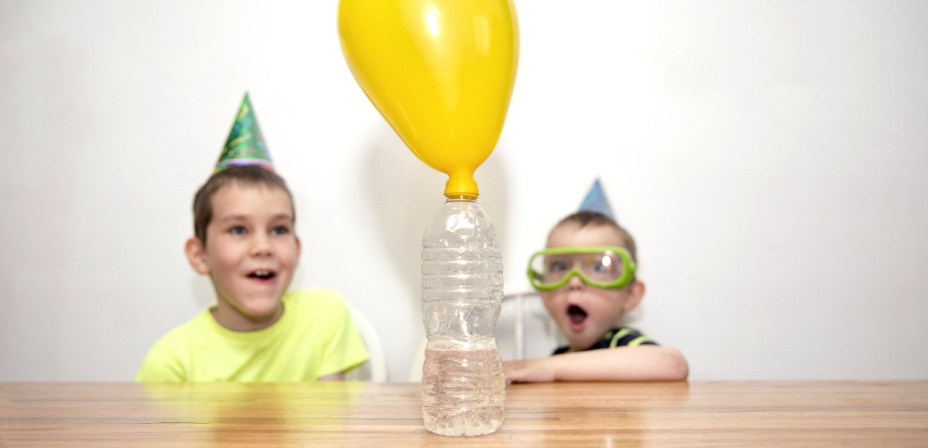
Expand Learning: You can use this same chemical reaction to build a DIY volcano. Get complete instructions here.
6. Butterfly Life Cycle
Divide a paper plate into four parts. In each section, draw one part of the butterfly life cycle (egg, caterpillar, chrysalis, and adult). Read books about the butterfly and its life cycle to learn more. You could also pair this activity with our butterfly coloring pages.
Expand Learning: Plant a Monarch Waystation garden to attract these beautiful butterflies to your yard. Watch as they lay eggs on milkweed, which their caterpillars will eat. In a few weeks, you’ll see caterpillars enter their chrysalis form, then emerge as flying adults!
7. Recycling Sort
It’s never too early to teach your child to be green. Research the recycling rules for your area, and actively look for items to recycle. Sort them together into bins of paper, plastic, metal, etc. Continue exploring this topic with our free printable Earth Day and recycling coloring pages.
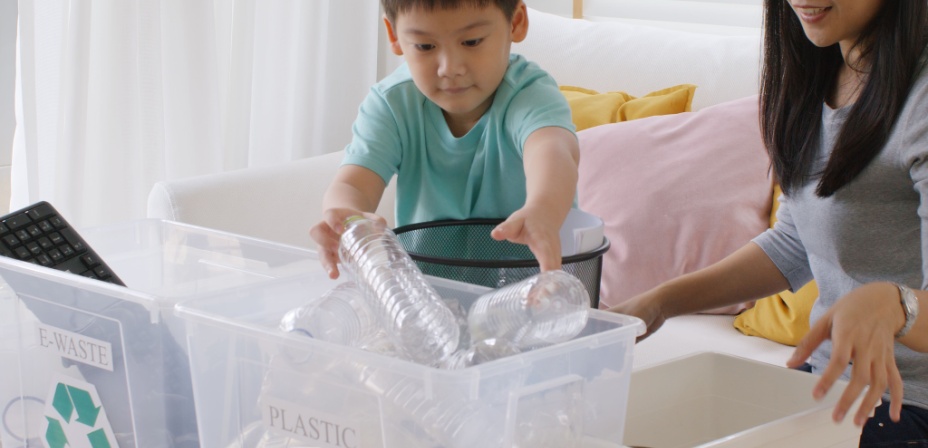
Expand Learning: Volunteer for a local clean-up day with your child. You’ll help pick up trash and recyclables, keeping your community clean and healthy for everyone.
8. Playdough Earth
Learn about the layers of the Earth by building one with playdough. Start with a red hot inner core, then surround it with a layer of orange for the outer core. Add a yellow layer for the mantle, and finish off with blue and green for the surface.
Expand Learning: While you’ve got the playdough out, use it to make a model of the solar system. Be sure to make each planet properly proportional in relation to the others, in addition to choosing appropriate playdough colors.
Outdoor STEM Activities for 1st Grade
9. Counting Scavenger Hunt
Take a nature walk and look for things in groups as you count up to ten. For example, you might see one squirrel playing, two cardinals on a branch, three sticks in a pile, four pinecones under a tree, five lobes on a leaf, etc.
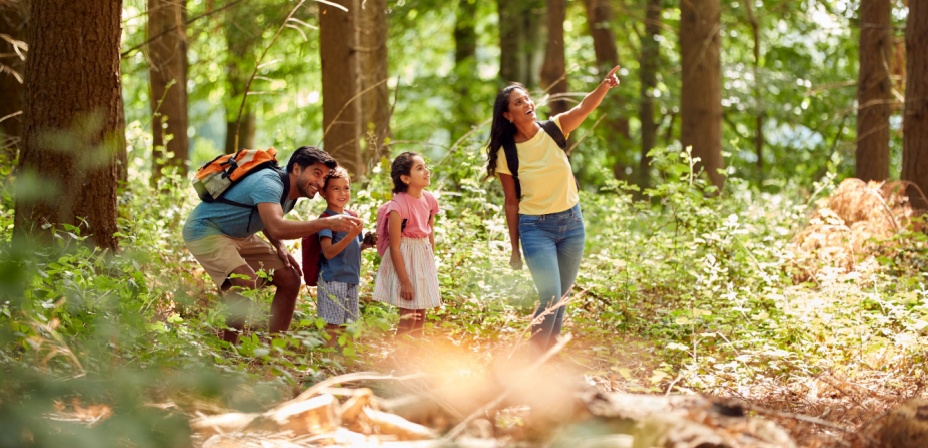
Expand Learning: How high can your count go? Look for 21 petals on a flower, 56 pebbles in a pile, or 98 berries on a bush.
10. Nature Journal
Each time you take a nature walk, spend time completing a nature journal entry for that day. Your child can draw pictures of things they saw, and you can help them record what they did and enjoyed about their experience.
Expand Learning: Try keeping track of the number of species you see—the different varieties of flowers, or the types of birds. You can help your child start their birding “life list” at the age of six!
11. Backyard Garden
Stake out a patch in your yard and plant some of your child’s favorite vegetables. Work together to keep the plants healthy by weeding, watering, and fertilizing. Then, enjoy the harvest together at the end of the season. (No yard? Try growing herbs indoors on your windowsill instead.)
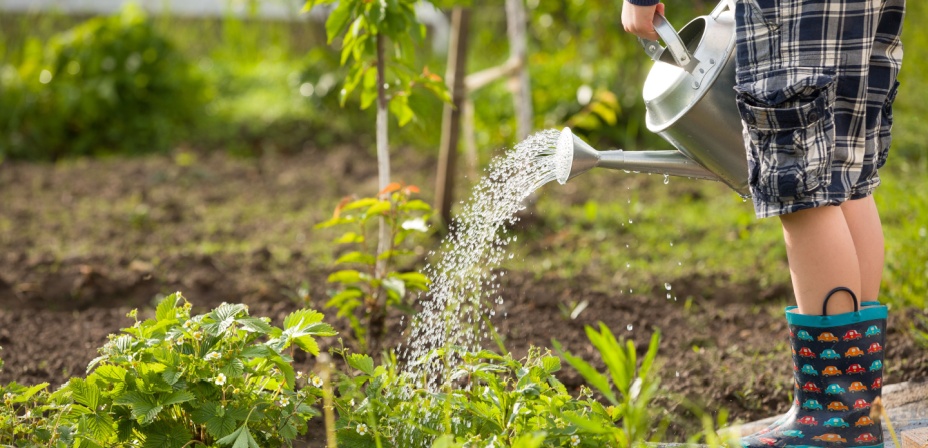
Expand Learning: Try planting a pollinator garden to attract bees, butterflies, and hummingbirds. They’ll help pollinate your veggies, and they’re fun to watch as well.
12. Rock Collection
Kids love to pick up rocks, and first graders are old enough to start learning about the different types. Collect rocks, then sort them into categories like igneous, metamorphic, and sedimentary. Explore the various ways these rocks are formed.
Expand Learning: Use a field guide to identify the specific types of rocks you find, like shale or quartz. Mount and label the rocks together to start a collection display.
13. Moon Phases
Make an effort to spot the moon each night when the weather cooperates (remember that it’s sometimes visible during the day, too). Have your child draw a picture of the moon’s shape each night for a whole month, so they can see how it changes through the various phases. Let your child explore space even more with our free printable space and solar system worksheets.

Expand Learning: Make a playdough moon, then take turns bouncing small rocks off of it to see how moon craters are formed.
14. Photo Safari
Give your child a simple camera or let them use your phone during a nature exploration. Allow them to take pictures of any plants, animals, or other natural items that interest them. When you get home, look up the creatures and items in each photo, and learn more about them.
Expand Learning: Submit your child’s photos to a citizen science site like Project Noah. Show them how people around the world collaborate to learn more about our planet and those who live here.
15. Tree Trunk Circumference
Use twine or yarn to mark the circumference of tree trunks, then measure your twine pieces with a yardstick or measuring tape to find out how big around each tree is. If you have a flexible measuring tape to wrap around the tree, you can use that too!
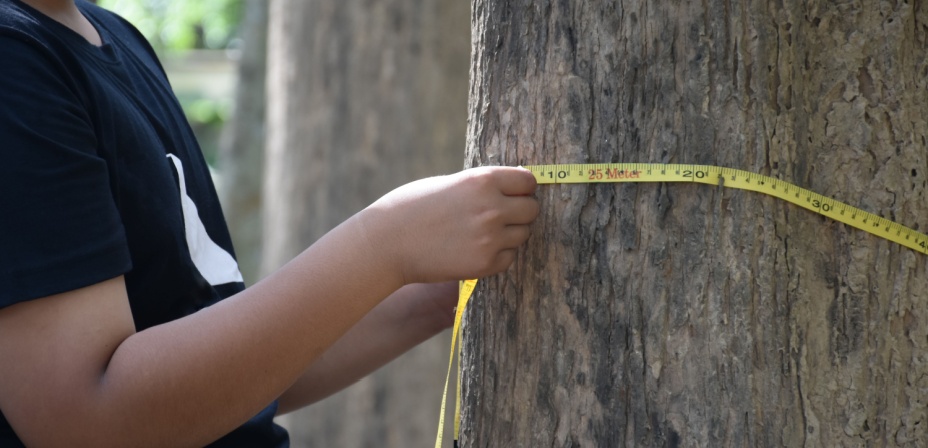
Expand Learning: Take a look at the rings in the trunk of a tree that’s been cut down. Explain how each ring represents one cycle of growth (typically a year), and talk about what the different rings can teach you.
16. One Square Foot
Mark off a single square foot in your backyard, and arm your child with a shovel and magnifying glass. How many things can they find? What can they observe about that little patch of earth?
Expand Learning: Try this science activity for first grade in other environments too, like the beach or even a patch of ground in the city. Compare your findings in each square foot.
STEM Challenges for First Grade
17. Paper Airplanes
Show your child how to build a simple paper airplane. Then, challenge them to make alterations to the design to see if they can make one that flies higher and farther.

Expand Learning: What happens if you use different types of paper for this challenge? Give them options like tissue paper, newspaper, card stock, and even cardboard to try.
18. Marble Maze
Using tape, construction paper, and pieces of disposable straws, ask your child to build a marble maze on a paper plate. They’ll have fun creating obstacles for their marble to roll through and around.
Expand Learning: Create bigger marble runs with cardboard tubes and other supplies. How long of a run can your child build?
19. Raft Challenge
Gather small sticks and provide some twine, then try to build rafts that will actually float! Try this at home in the sink or during trips to parks, lakes, or the beach.
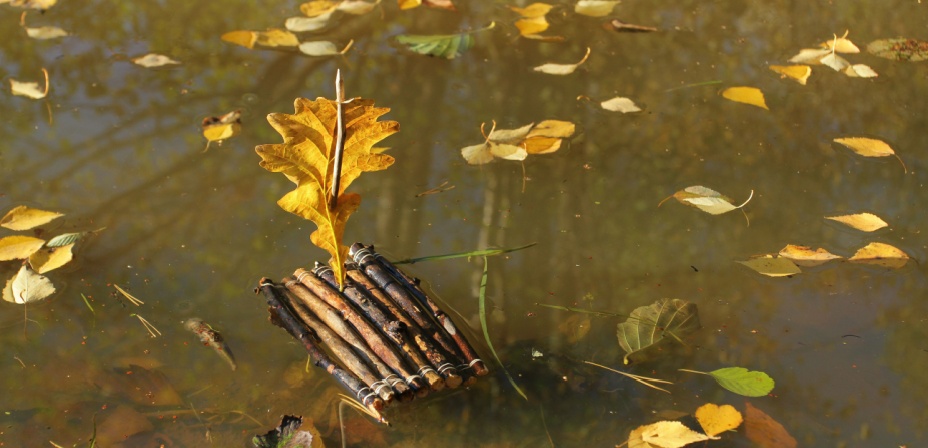
Expand Learning: Try creating rafts that will hold some weight, like a few coins, a little rock, or a small toy. Or, you can experiment with adding sails so your rafts move by wind power.
20. Tape-and-Newspaper Tower
With a few sheets of newspaper and some masking tape, how tall of a tower can you build? Make sure it can stand on its own without falling over.
Expand Learning: Build a structure that will actually support some weight, such as a few books.
21. Parachute Drop
Provide a variety of materials your child can build a small parachute from, like newspaper, plastic bags, or tissue paper, along with yarn. Then, see if their parachute can slow the descent of a small toy figurine from a few feet up.
Expand Learning: Try the classic egg drop experiment! Can you construct a container that will protect an egg from breaking when you drop it from six feet off the ground?
22. Cup Tower
Kids absolutely love stacking cups, and it’s great for their motor skill development. Give your child a number of plastic cups (15 is a good number to start with) and ask them to stack them into the tallest freestanding tower they can.
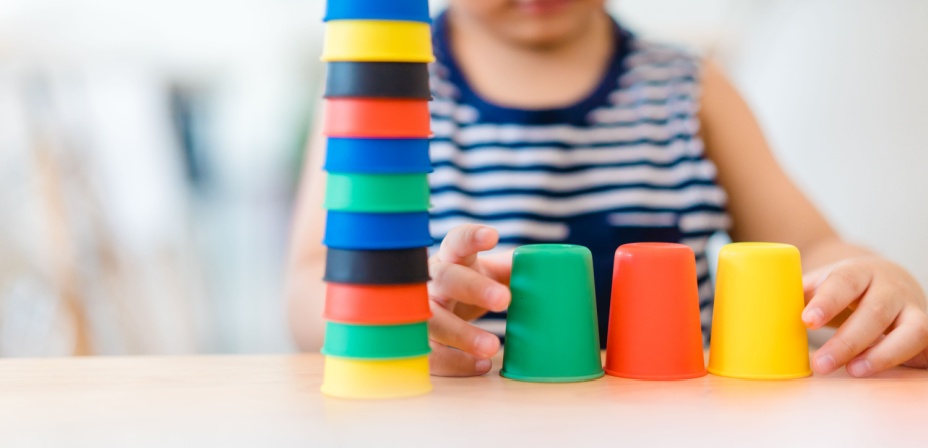
Expand Learning: Take a cue from a beloved TV game show and try stacking and unstacking the cups as quickly as possible!
23. Nature Shelter
Choose a favorite toy figurine, then head outside. Tell your child a pretend storm is approaching and they need to build a shelter to keep their toy safe. They can only use materials they can find in nature, though. What will they come up with?
Expand Learning: Put your shelter to the test against wind (blow on it!) and rain (try a watering can). Does it stand up to harsh weather?
24. Something New
Provide a bin of materials like cardboard, yarn, masking tape, beads, and other loose parts. The challenge? Build something entirely new! This one is all about encouraging creativity in engineering.
Expand Learning: Give your child some parameters, such as building a new toy for kids to play with, or crafting something that they can use every day.
ABCmouse STEM Activities for Kindergarteners
25. Popsicle Stick Ferris Wheel
Using wood craft sticks and a few other supplies, construct a moving ferris wheel model! Get all the details here.
Expand Learning: What other structures can your child create with these same supplies?
26. Learn About Human Lungs
Help your young learner explore the human body by making a simple model of the lungs. All you need is a plastic cup, a straw, and some balloons! Get step-by-step instructions and an explanation of how it works here.
Expand Learning: Test your lung capacity by seeing how big you can blow up a balloon on a single breath. Be sure to breathe deep first!
27. Learn About the Human Heart
Along with creating a model of the respiratory system (see above), kids can also build a model of a human heart that really pumps “blood.” You’ll find all the supplies and instructions you need here.
Expand Learning: Practice finding and taking your pulse so you can feel your own heart beating. This is usually easiest on the inside of your wrist.
28. Rainbow in a Cup
Explore density with this super cool experiment that never fails to amaze. Layer liquids of different densities by creating colorful sugar water solutions. The resulting rainbow is really impressive! Get step-by-step instructions here.
Expand Learning: You can do something similar with hot and cold water. Color the cold water blue and the hot water red, then carefully pour one into the other. The hot water will float on top of the cold.
29. Penny Chemistry
Expand Learning: Try soaking pennies in other liquids, such as dish soap, lemon juice, or even ketchup. How do these affect the pennies?
30. DIY Seed Paper
Welcome the growing season by creating your own seed paper shapes. These make wonderful gifts too. Find all the details you need here.
Expand Learning: Take your child with you to choose the seeds for your paper. Examine the different choices to learn about different necessary growing conditions like light exposure and watering needs.
Legal disclaimer: Any links provided to third-party resources are provided for informational purposes only. We do not sponsor or endorse, and are not affiliated with such parties, unless explicitly stated otherwise.
-
Woven Heart Craft for Kids
Make Valentine’s Day special with a woven heart craft for kids. This guide shows how to create colorful hearts with paper or felt, perfect for filling…
-
50+ PreK and Kindergarten Phonics Activities for Young Readers
Explore over 50 fun, effective phonics activities for PreK and Kindergarten! This collection features active games, online tools, printable worksheets, and hands-on ideas designed to build…
-
Heart Animals Valentine’s Day Craft for Kids
Celebrate Valentine’s Day with heart-shaped animal crafts kids can make with paper, scissors, and glue! From puppies to butterflies, these easy and fun crafts are perfect…
-
Letter I Crafts and Activities
Explore fun, hands-on letter I crafts and activities for preschoolers! From igloo stamping to ice painting, these creative ideas teach letter recognition and sounds through engaging…
-
Letter H Crafts and Activities
Explore hands-on letter H crafts and activities perfect for preschoolers! From bubble painting to horse-building, these projects introduce the shape and sound of H through engaging,…
-
100+ Nursery Rhymes and Song Lyrics for Toddlers and Preschoolers
Explore 100 fun nursery rhymes and song lyrics for kids from ABCmouse, including classic and educational tunes to inspire young learners. Perfect for playtime, sing-alongs, and…

